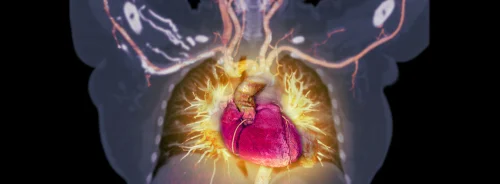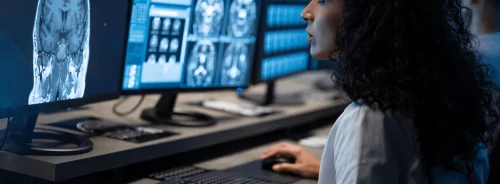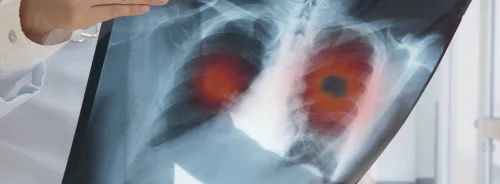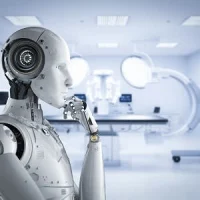Although AI has been regarded as a tool for decreasing the workload of radiologists, a recent Dutch study shows that most current AI applications in medical imaging may have the opposite effect.
Recent developments in artificial intelligence (AI) for radiology appear more likely to add to the workload of radiologists than reduce it, Dutch researchers reported in an article published online June 29 in Insights in Imaging.
Over 86% of AI-focused studies were associated with a higher workload for radiologists.
Researchers from the University Medical Center Groningen and Zuyderland Medical Center in the Netherlands reviewed a random sample of 440 medical imaging research studies published in 2019 and found that over 86% of AI-focused studies were associated with a higher workload for radiologists.
According to their analysis, Dr. Thomas Kwee and Dr. Robert Kwee found this was largely due to the need for longer post processing and interpretation times. They published their results 29 June in Insights into Imaging.
The findings were statistically significant, with Artificial Intelligence studies associated with an increased workload (p < 0.001) in both the academic tertiary care setting (odds ratio, 10.64) and nonacademic general teaching hospital setting (odds ratio, 10.45).
"We believe that there is currently no scientific basis for policy makers to use AI as a reason to refrain from expanding the radiology workforce or to cut reimbursements for imaging procedures," the authors wrote. "To reverse the future looming shortage of radiologists, it may be necessary to enrol more residents into radiology training programmes, train and employ radiologist assistants, and/or increase financial resources to employ new radiology staff."
Approximately two-thirds of the medical imaging research studies they reviewed could directly contribute to patient care. A little less than half of these studies would increase radiologist workload, however, say the researchers: "Recently published medical imaging studies often add value to radiological patient care, however, they likely increase the overall workload of diagnostic radiologists, and this particularly applies to AI studies."
Source: Insights Into Imaging
Photo: Collaborativeimaging.com
References:
Kwee, T.C., Kwee, R.M. Workload of diagnostic radiologists in the foreseeable future based on recent scientific advances: growth expectations and role of artificial intelligence. Insights Imaging 12, 88 (2021). https://doi.org/10.1186/s13244-021-01031-4
Latest Articles
Imaging, Radiology, digital radiology, diagnostic radiology, Artificial Intelligence, diagnostic imaging
Although AI has been regarded as a tool for decreasing the workload of radiologists, a recent Dutch study shows that most current AI applications in medic...










